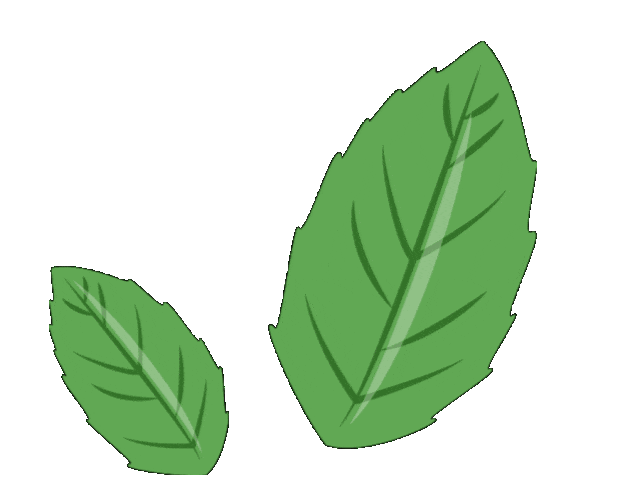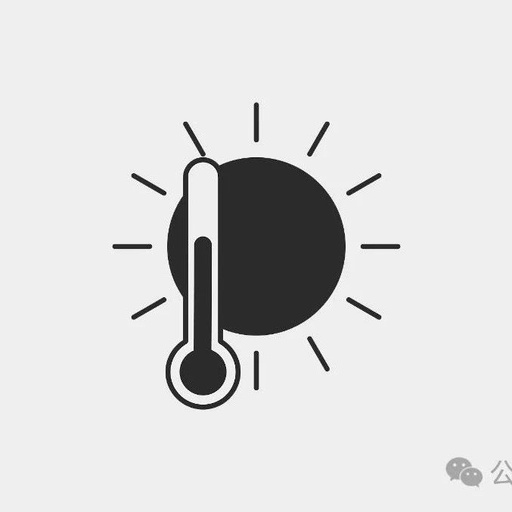
Original Text
偏枯,身偏不用而痛,言不变,志不乱,病在分腠之间,巨针取之,益其不足,损其有余,乃可复也。痱之为病也,身无痛者,四肢不收;智乱不甚,其言微知,可治;甚则不能言,不可治也。病先起于阳,复入于阴者,先取其阳,后取其阴,浮而取之。……
This passage primarily discusses the ancient TCM diagnosis and treatment methods for febrile diseases and other ailments, involving acupuncture, pulse diagnosis, and symptoms.
Translation of Original Text
偏枯: One side of the body is paralyzed and painful, but speech is normal and consciousness is clear; the disease is located between the muscles and skin. It can be treated with large needles, replenishing the deficiency and draining the excess, allowing for recovery.痱病: The body is not painful, but the limbs are weak; consciousness is slightly confused, and speech is still understandable, thus it can be treated; if severe to the point of being unable to speak, it is difficult to cure. If the disease first arises in the Yang channels and then enters the Yin channels, one should first treat the Yang channels and then the Yin channels, using superficial needling methods.热病: If the febrile disease persists for three days, with a calm pulse at the qi mouth and a restless Ren pulse, one can needle fifty-nine acupuncture points on the Yang channels to drain heat and induce sweating, while also nourishing Yin to balance the deficiency. If the body is severely heated, but both Yin and Yang pulses are calm, needling is not advisable; if needling is possible, it should be done quickly, and if sweating does not occur, heat should be drained. If signs of death appear, needling is not advisable.热病持续七八天: If the pulse is jumping and breathing is rapid, one should quickly needle; after sweating, the condition will alleviate, and one can shallowly needle the points between the fingers. If the pulse is weak, and the patient has hematuria and dry mouth, death may occur within a day and a half; if the pulse is intermittent, death may occur within a day. If the febrile disease has already induced sweating, but the pulse remains restless, and breathing is rapid with fever, needling the skin is not advisable; if breathing is severely rapid, death may occur. If the febrile disease persists for seven or eight days, and the pulse is not restless but remains agitated, sweating may occur after several days; if no sweating occurs within three days, death may occur within four days. If sweating has never occurred, needling the skin is not advisable.热病: If the patient first experiences skin pain, nasal congestion, and facial swelling, one can needle fifty-nine acupuncture points on the skin; if there are rashes on the nose, treatment should start from the Lung channel; if ineffective, then from the Heart channel.热病: If the patient first experiences dryness, fever, agitation, and dry mouth, one can needle fifty-nine acupuncture points on the skin; if there is skin swelling, dry mouth, and cold sweating, treatment should start from the Heart channel; if ineffective, then from the Kidney channel.热病: If the patient has dry mouth, excessive thirst, is easily startled, and is bedridden, one can needle fifty-nine acupuncture points on the muscles; if there is cyanosis at the corners of the eyes, treatment should start from the Spleen channel; if ineffective, then from the Liver channel.热病: If the patient has a pale complexion, headache, and restless hands and feet, one can needle between the tendons, using the fourth needle to treat the limbs’ coldness; if there are spasms in the tendons and moist eyes, treatment should start from the Liver channel; if ineffective, then from the Lung channel.热病: If the patient frequently experiences convulsions, spasms, and agitation, one can needle at the pulse, using the fourth needle to quickly drain excess heat. If seizures occur and hair falls out, treatment should start from the Heart channel; if ineffective, then from the Kidney channel.热病: If the patient feels heavy, has bone pain, is deaf, and is drowsy, one can needle fifty-nine acupuncture points on the bones. If bone disease prevents eating, causes teeth grinding, and leads to cyanosis of the ears, treatment should start from the Kidney channel; if ineffective, then from the Spleen channel.热病: If the patient is unaware of pain, is deaf, cannot care for themselves, and has dry mouth, with extreme Yang heat and heavy Yin cold, heat in the marrow, it is difficult to cure. If the febrile disease presents with headache, temple pain, eye spasms, and nasal bleeding, it is a case of Jue Re disease, and the third needle can be used for treatment, adjusting for tonification or draining as needed. If there are alternating cold and heat with hemorrhoids, the fourth needle can be used for treatment.热病: If the patient gains weight and has heat in the intestines, the fourth needle can be used to needle points on the Stomach channel and between the toes to regulate Stomach qi. If the febrile disease is accompanied by acute pain around the navel and fullness in the chest and flanks, one can needle Yongquan and Yinlingquan, using the fourth needle to treat the throat.热病: If the patient sweats and the pulse is normal, one can needle points such as Fish Border, Taiyuan, Dadu, and Taibai; draining heat will reduce fever, and tonifying qi will induce sweating; if sweating is excessive, one can needle the horizontal pulse on the inner ankle to stop sweating. If the febrile disease has already induced sweating but the pulse remains restless, this indicates extreme Yin pulse, which may lead to death; if the pulse calms after sweating, survival is possible. If the febrile disease has a restless pulse but does not induce sweating, this indicates extreme Yang pulse, which may lead to death; if the pulse is restless but calms after sweating, survival is possible.热病不可刺的九种情况: First, if sweating does not occur, and the cheekbones are red, vomiting may lead to death; second, severe diarrhea and abdominal fullness may lead to death; third, blurred vision and persistent fever may lead to death; fourth, elderly or infant patients with fever and abdominal fullness may lead to death; fifth, if sweating does not occur, vomiting, and blood in the stool may lead to death; sixth, if the root of the tongue is ulcerated and fever persists, it may lead to death; seventh, coughing with nasal bleeding, no sweating or sweating not reaching the feet may lead to death; eighth, if there is heat in the marrow, it may lead to death; ninth, if there is fever and convulsions, it may lead to death. If symptoms such as lumbar bending, convulsions, or teeth grinding occur, needling is not advisable in these nine situations.五十九刺: Refers to needling three points on each side of the hands (totaling twelve points); one point between each finger (totaling eight points), and similarly for the feet. For the head, needle three points one inch from the hairline, totaling six points; then needle five points three inches from the hairline, totaling ten points. One point in front and behind the ear, one point below the mouth, and one point in the center of the neck, totaling six points. One point on the top of the head, one point at the fontanelle, one point at the hairline, one point at Lianquan, two points at Fengchi, and two points at Tianzhu.气满胸中喘息: One can needle the tip of the big toe on the Foot Taiyin channel, at a distance from the nail equal to the width of a chive leaf; for cold conditions, leave the needle in, and for heat conditions, quickly withdraw the needle; if qi descends, stop.心疝暴痛: One can needle the Foot Taiyin and Jueyin channels to drain blood vessels.喉痹舌卷: If there is dry mouth, heart agitation, heart pain, and pain on the inner side of the arm, unable to lift the hand, one can needle under the nail of the little finger, at a distance from the nail equal to the width of a chive leaf.目中赤痛: If pain starts from the inner corner of the eye, one can needle the Yin Qiao pulse.风痉身反折: One can first needle the Foot Taiyang channel and the blood vessels in the popliteal fossa; if there is cold, one can needle Zu Sanli.癃病: One can needle the Yin Qiao pulse and the blood vessels on the San Mao.男子如蛊,女子如怚: If the body feels weak in the waist and spine, and there is no desire to eat, one can first needle Yongquan to induce bleeding, then observe the blood vessels on the dorsum of the foot, trying to induce bleeding.

